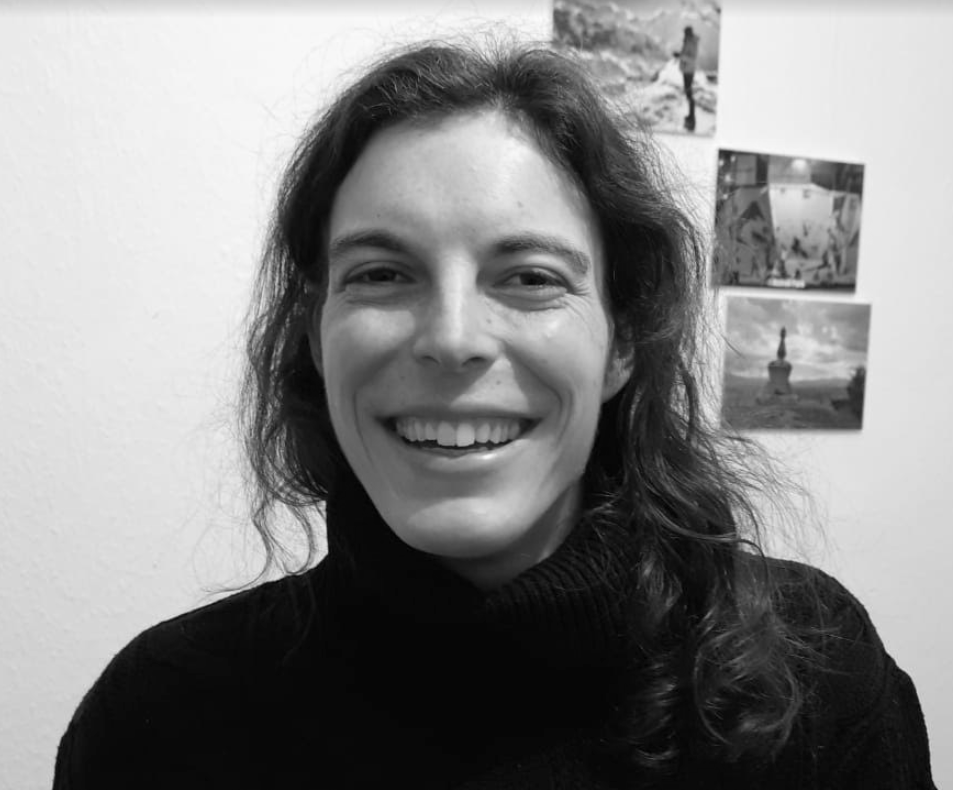Virtual Images (Cambridge (CIE) IGCSE Co-ordinated Sciences (Double Award)) : Revision Note
Converging lens - virtual image
Extended tier only
Images produced by lenses can be one of two types:
A real image
A virtual image
Images can be described compared to their object as:
Enlarged/same size/diminished
Upright/inverted
Real/virtual
Real images
A real image is defined as:
An image that is formed when the light rays from an object converge and meet each other and can be projected onto a screen
A real image is one produced by the convergence of light towards a focus
Real images are always inverted
Real images can be projected onto pieces of paper or screens
An example of a real image is the image formed on a cinema screen
A real image

A real image can be projected onto a screen
Virtual images
A virtual image is defined as:
An image that is formed when the light rays from an object do not meet but appear to meet behind the lens and cannot be projected onto a screen
A virtual image is formed by the divergence of light away from a point
Virtual images are always upright
Virtual images cannot be projected onto a piece of paper or a screen
An example of a virtual image is a person's reflection in a mirror
A virtual image

A reflection in a mirror is an example of a virtual image
Constructing converging ray diagrams of virtual images
A single lens placed at a distance less than the focal length of an object can be used as a magnifying glass
A converging lens ray diagram for an object placed less than f

Ray diagram showing light converging through a magnifying glass to form a magnified virtual image
The image that forms will have the following properties:
The image forms... | at 2f (on the same side as the object) |
The nature of the image is... | virtual |
The orientation of the image is... | upright |
The size of the image is... | magnified |
A converging lens will produce a real image of an object which is placed at a distance greater than the focal length from the lens
If the object is placed closer to the lens than the focal length f then a virtual image will be formed and the converging lens ray diagram will be drawn in the following way:

A virtual image is formed when the object is placed closer than the focal length
Start by drawing a ray going from the top of the object through the centre of the lens. This ray will continue to travel in a straight line
Draw a dashed line continuing this ray upwards
Next draw a ray going from the top of the object, travelling parallel to the axis to the lens. When this ray emerges from the lens it will travel directly through the principal focus f
Also, draw a dashed line continuing this ray upwards
The image is the line drawn from the axis to the point where the two dashed lines meet
In this case, the image is:
Virtual: the light rays appear to meet when produced backwards
Magnified: the image is larger than the object
Upright: the image is formed on the same side of the principal axis

You've read 0 of your 5 free revision notes this week
Sign up now. It’s free!
Did this page help you?

